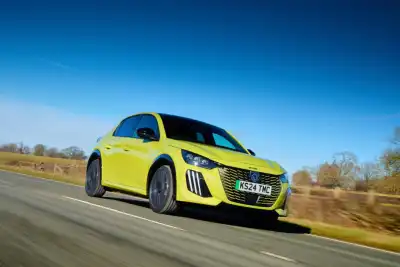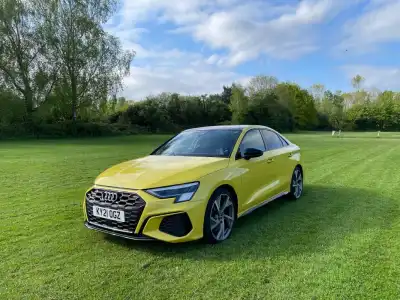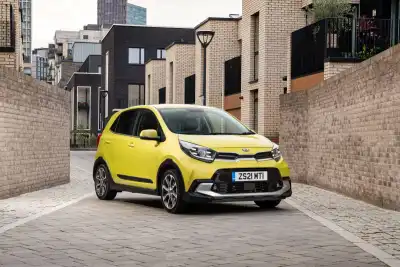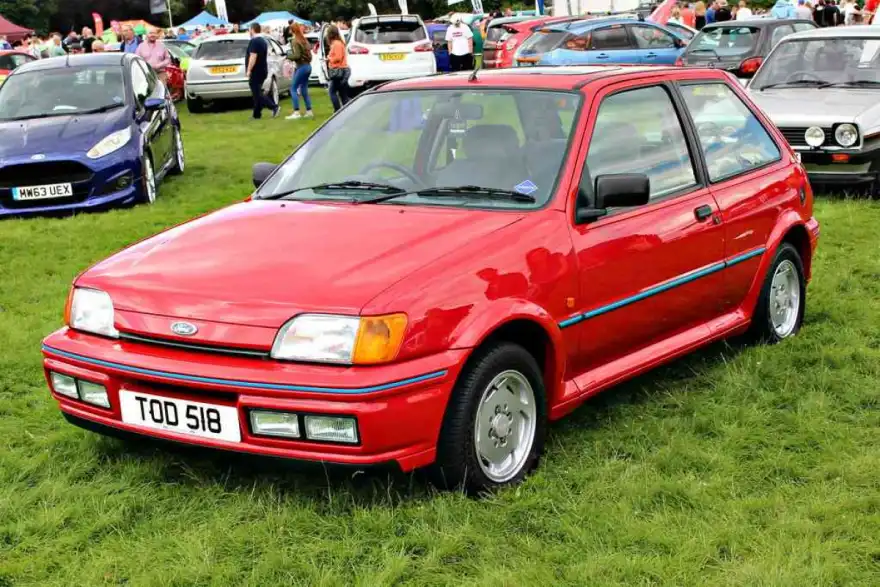
The final Ford Fiesta has just rolled off the production line in Cologne, Germany.
It was unveiled in 1976, and the first model rolled off the production line in Dagenham, Essex the following year, with more than 20 million examples made since.
More Fiestas have been sold in the UK than any other car model and it was the best-selling vehicle every year between 2009 and 2020, whilst it was the 10th most popular new car last year, with more than 25,000 registered.
We look back at the tale of one of the most popular cars in history.
Background
Henry Ford II approved the Fiesta in response to the Fiat 127 and Renault 5, both small hatchbacks.
The 1973 oil crisis meant demand for smaller cars that were cheaper to run surged, and Ford knew it needed to compete for the widening gap in the market.
It went on sale in 1976, coming to the UK in 1977.
Of course, a couple of Fords at the time were named after Spanish words – and the final decision to call it ‘Fiesta’ (which translates as ‘party’) was taken by Mr Ford himself, despite the name ‘Bravo’ also being on the cards.
First Generation: 1976
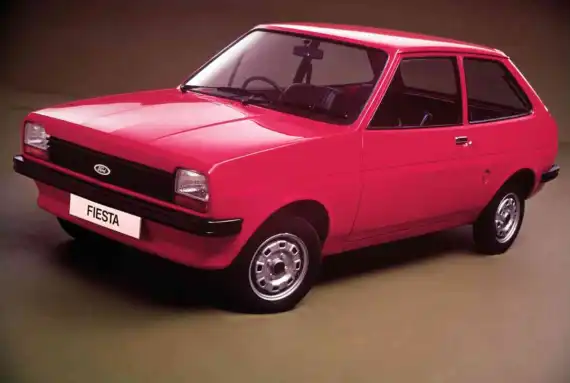
The first Fiesta was a rather boxy affair. It looked straight from the front and back, with diagonal pillars and the front end visible from the sides.
A total of seven trim levels were available, while power came from a 1.0-litre four-cylinder engine, with the base model costing £1,900.
A 1.1-litre was also available, although the 'bigger means better' attitude across the pond at the time meant the Americans got a 1.6-litre.
The European market would later get a 1.3-litre Supersport version, although the launch of the XR2 variant in 1981 increased this to 1.6-litres, as well as showing off some exterior design tweaks.
Second Generation: 1983
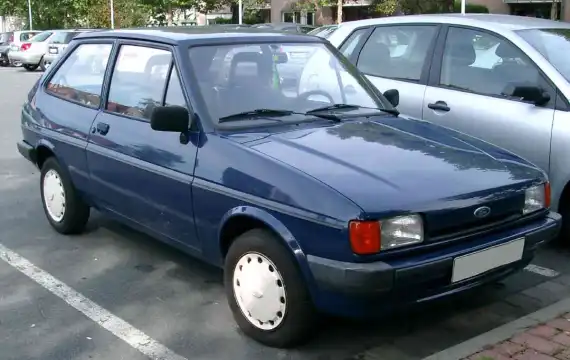
The second generation retained the same basic shape of the Mark I. But it included smoother edges which took some of the sharpness away from the car's outline, giving a more family-friendly feel, especially at the front.
A much less intrusive front grille and a new 1.3-litre engine were added. But within a couple of years, a 1.4-litre unit had replaced it, while the 1.0-litre and 1.1-litre engines were kept on, too.
A 1.6-litre diesel was added to the range, with six trims offered, including the sportified XR2. This version got a 1.6-litre 100PS engine and, for the first time on the Fiesta, a five-speed (rather than four) gearbox.
Such was the demand for more powerful editions that Ford soon endorsed after-market upgrades, which became available to showroom customers.
Third Generation: 1989
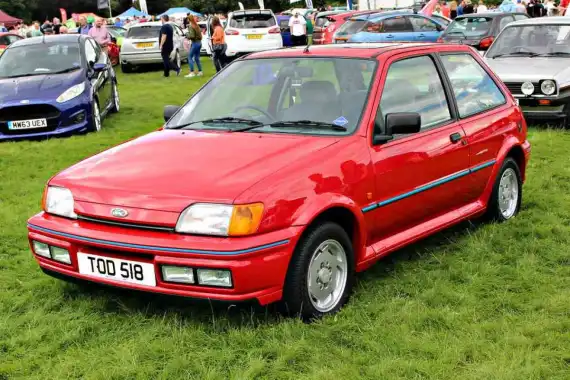
The third generation marked the most significant departure from the Fiesta's traditional look, but took the smoothing out of the Mark II to a whole new level.
Based on an entirely new platform, the Fiesta became slightly larger and had a far more rounded shape. It was also offered as a five-door car for the first time.
Although the engines largely remained the same, a more powerful 1.8-litre diesel was added to the range.
The fuel-injected XR2i now produced 104PS before Zetec brought along a new version, while boy racers drooled over the 130PS RS1800 version, complete with overhauled, aggressive exterior looks, including meatier bumpers.
Finally, the XR2i was dropped, being replaced by the less-powerful ‘Si’.
Fourth Generation: 1995
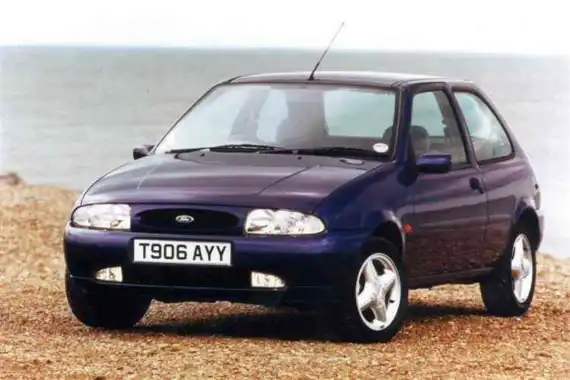
Much as the second generation was a smoothed-out first generation, the fourth generation Fiesta took its immediate predecessor and carried on the process.
The car was now very rounded, with bumpers that were more appropriate to measure in degrees with a protractor than centimetres with a ruler.
Sadly, this was the start of a more sensible Fiesta range, with the sportier models dropped, the 1.8-litre diesel retained, and the addition of two new Zetec 1.25 and 1.4-litre petrols.
Following a mid-life facelift, a sports model was finally reintroduced, the Zetec S, with a 1.6-litre petrol-producing 104PS.
A saloon version was also introduced in some markets for the first time.
Fifth Generation: 2002
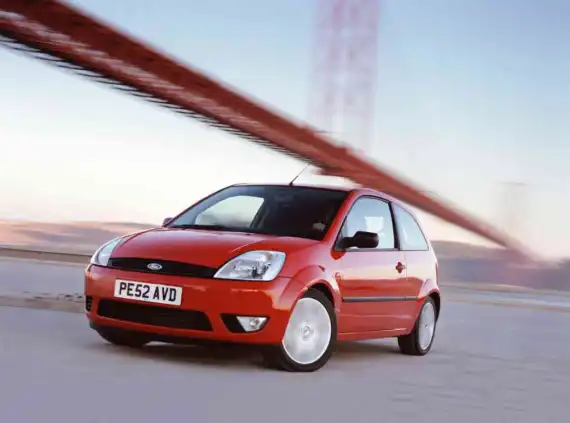
Ford unveiled the fifth generation Fiesta in 2002. It was larger, but the extra prominence gave it more sophistication. Plus, the design was primarily harmonised with the larger, new Ford Focus.
A new 1.3-litre engine was offered in the UK. But engines up to 2.0-litres were now being supplied, and many rebadged from Zetec to Duratec.
The trims were simplified, being cut to four, while safety enhancements meant airbags and ABS brakes were included for the first time.
Following a mid-range facelift, many more trims were offered once again, with eight on sale at one stage.
With sportier bodywork, an ST version was offered, producing 150PS on 17-inch alloy wheels.
The headlines, though, were grabbed by the interior tech, with the introduction of voice control, Bluetooth connectivity and compatibility with MP3 players (remember them?)
Sixth Generation: 2008
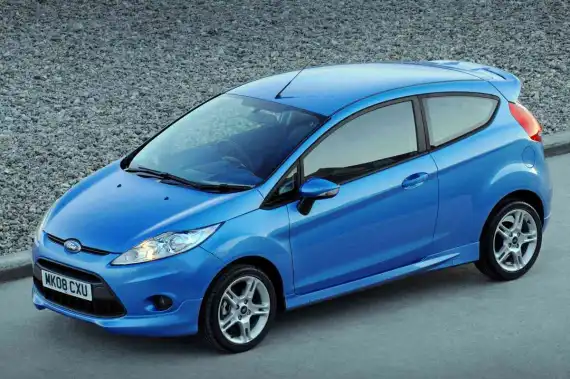
The penultimate Fiesta was based on three concept cars that Ford had unveiled in the preceding months, known as the Ford Verve.
The Fiesta that resulted from it appeared slighter than its predecessor, but its stylishness was undeniable.
A basic menu system, controlled by steering wheel buttons and the inclusion of a USB port, gave hints as to what was to come in the future.
A range of engines was offered, including a surprisingly powerful 1.0-litre turbocharged EcoBoost engine and three diesels. The largest offered was 1.6-litres.
In 2013, the new Fiesta ST finally went on sale, incorporating a body kit and far more aggressive styling, outputting 182PS (boosted at the push of a button to 200PS for 15 seconds) and a limited 155mph top speed from its 1.6-litre EcoBoost engine.
Seventh Generation: 2017
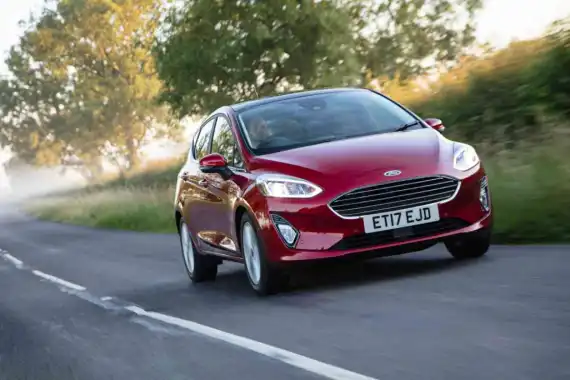
The final version of the Fiesta was noticeably roomier and, by now, a far cry from the wedge-like straightened edges of the 1970s first edition.
By now, there were clear hints that making the Fiesta's stance resemble that of a small SUV crossover was part of the plan, mainly thanks to a new sister model, the Fiesta Active, which featured rugged off-road cladding and roof rails.
The engine range was simplified, offering four petrols between 1.0 and 1.5-litres, with a single 1.5-litre turbodiesel put on sale.
Mild-hybrid technology was also offered, presenting the first form of electrification in the range.
The new ST came along a little more than a year later, sporting a 6.5-second 0-62mph time and 200PS and various driving settings, including a 'Race Track' mode.
A special ‘Performance’ edition was launched in 2019, including as standard many of the ST’s optional extras, which was followed by a limited run of the ST ‘Edition’, which included several additional styling details.
The three-door was withdrawn from sale in 2022 when the facelifted version was unveiled, including a heavily revised front end and further aggressive styling on the ST version.
Why is it being discontinued?
There are several reasons the Fiesta has come to the end of its life.
While many of its fans may be wondering why Ford can't just replace the engine with an electric motor, it often isn't that simple, especially with smaller cars.
The platform on which vehicles are built isn’t designed to accommodate batteries and other parts of the architecture specific to electric cars.
As a result, vehicles that are electric versions of fossil-fuelled vehicles often have considerable drawbacks, limiting battery capacity, limiting range, significantly eating into boot space, or compromising other areas to make everything fit.
In addition, some manufacturers feel that the switch to all-electric vehicles gives them a unique, one-off opportunity to refresh their line-ups for the future.
The Fiesta remains popular in the UK, most recently being the sixth best-selling car in the country.
But nowadays, rivals such as the Vauxhall Corsa are outselling it, while Ford customers are switching to the Puma crossover as the popularity of small SUVs continues to take chunks out of the traditional family hatchback market.
Indeed, Ford will be focusing on a new electrified version of the Puma, likely based on an all-new or adapted platform.
Taking this into account, although the news of the Fiesta’s demise has come as a shock, sadly, we shouldn't be all that surprised.
Although Ford is yet to comment officially, it’s expected an announcement confirming the news is imminent.

